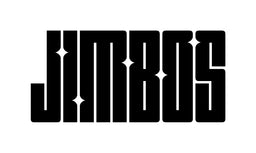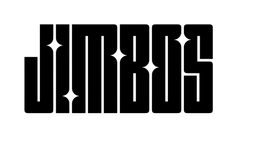Paint Correction vs. Polishing – What’s the Real Difference?
These two terms get thrown around a lot in the detailing world—but they’re not the same thing. Here’s how to tell them apart (and which one you actually need).
What Is Paint Correction?
Paint correction is the process of removing swirls, scratches, oxidation, and other defects from your car’s clear coat by using an abrasive polish. It physically levels out the surface to eliminate damage and reveal clean, flat, glossy paint underneath.
This process usually involves a machine polisher, a cutting or correction pad, and the right polish. It’s more aggressive than simple polishing—but the results are dramatic.
What Is Polishing?
Polishing is typically done to enhance gloss and clarity—but not necessarily remove major defects. Many polishes are designed to refine the surface after correction or to bring out a little extra shine on relatively clean paint.
Think of it like this:
- Paint correction = Fixes the paint
- Polishing = Enhances the paint
When You Might Just Need a Polish
If your car is fairly new or has been well-maintained, you might not need full correction. A quick polish with a soft finishing pad can be enough to revive that wet-gloss look without cutting into the clear coat.
We recommend using our Black Finishing Pad for this kind of work.
When You Need Paint Correction
Look at your paint in direct sunlight. Do you see:
- Spiderweb swirls?
- Light scratches?
- Oxidation or haze?
- Water spot etching?
If yes—you need a product that can cut through those defects. That’s where Picture Perfect Polish comes in. It combines the cutting power of a compound with the finishing quality of a polish. Just change your pad depending on what you’re working on.
Use it with our Burgundy Correction Pad for heavy defects, or the Black Finishing Pad for finishing work.
Can One Product Do Both?
Absolutely. Picture Perfect Polish is what we call a “one-step” polish. It has enough abrasive power to correct moderate paint issues, but finishes down so smooth you often don’t need a second step.
The pad you choose makes all the difference.
Key Takeaway
If your paint needs repair—go with correction. If it just needs to pop—go with polish. And if you want something that does both? Grab Picture Perfect Polish and let your pad do the talking.




